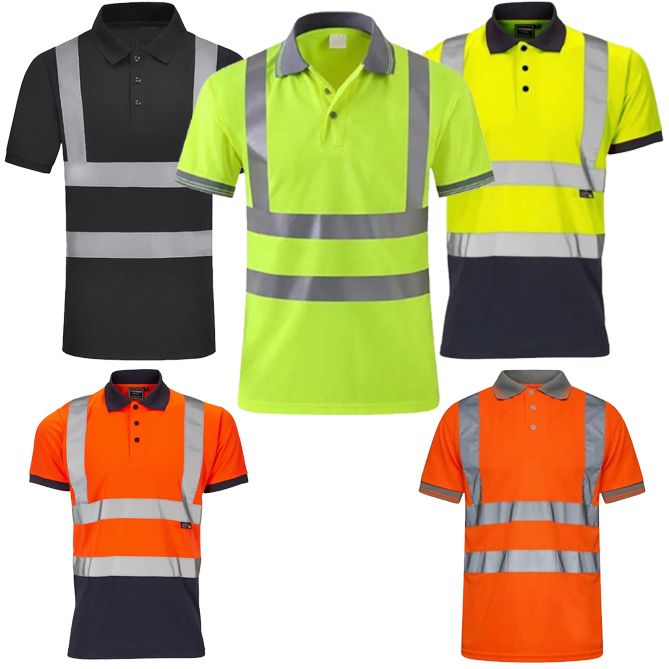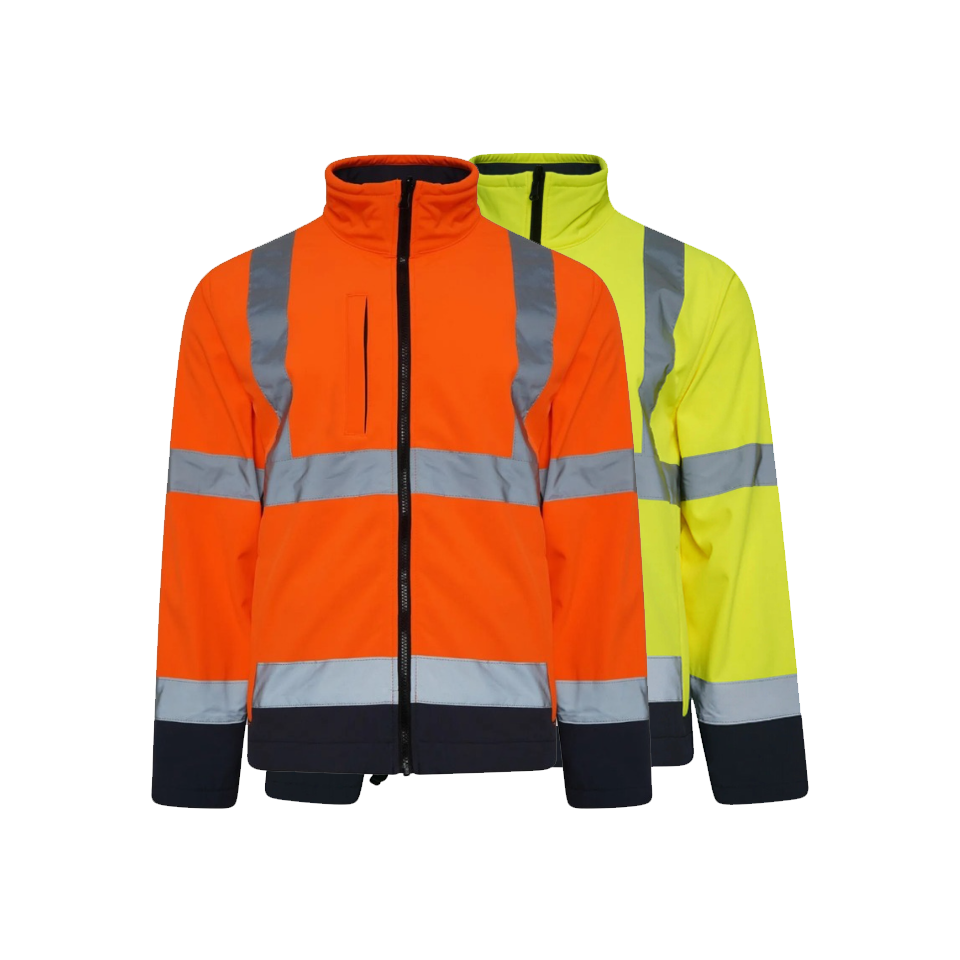item: £0
- help@hxmsharp.com
- +447311670153

High-visibility (hi-vis) clothing plays a crucial role in ensuring the safety of workers in environments where visibility is paramount.

When it comes to safety on a construction site, the right workwear isn’t just a matter of preference — it’s a legal requirement.

If you're employed in the UK and required to wear a uniform for work, you may be eligible to claim tax relief on the cost of cleaning, repairing, or replacing it.